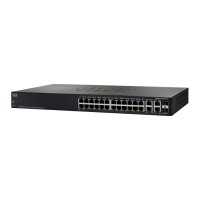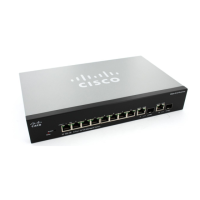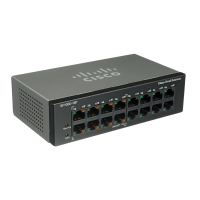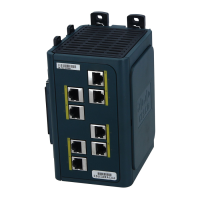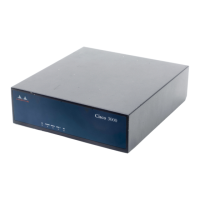Status and Statistics
Health
Cisco Small Business 200, 300 and 500 Series Managed Switch Administration Guide (Internal Version) 19
2
- Maximum—Number of available TCAM entries that can be used for IPv4
routing.
• Non-IP Rules
- In Use—Number of TCAM entries used for non-IP rules.
- Maximum—Number of available TCAM entries that can be used for non-
IP rules.
Health
See Health.
Managing RMON
RMON (Remote Networking Monitoring) is an SNMP specification that enables an
SNMP agent in the device to proactively monitor traffic statistics over a given
period and send traps to an SNMP manager. The local SNMP agent compares
actual, real-time counters against predefined thresholds and generates alarms,
without the need for polling by a central SNMP management platform. This is an
effective mechanism for proactive management, provided that you have the
correct thresholds set relative to your network’s base line.
RMON decreases the traffic between the manager and the device because the
SNMP manager does not have to poll the device frequently for information, and
enables the manager to get timely status reports, because the device reports
events as they occur.
With this feature, you can perform the following actions:
• View the current statistics (since the counter values were cleared). You can
also collect the values of these counters over a period of time, and then
view the table of collected data, where each collected set is a single line of
the History tab.
• Define interesting changes in counter values, such as “reached a certain
number of late collisions” (defines the alarm), and then specify what action
to perform when this event occurs (log, trap, or log and trap).
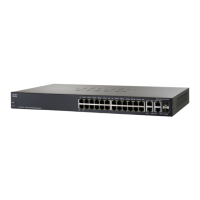
